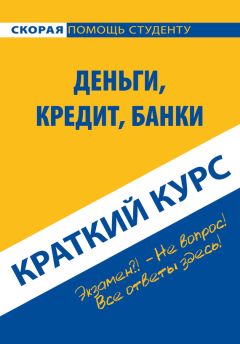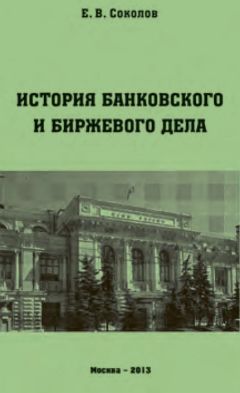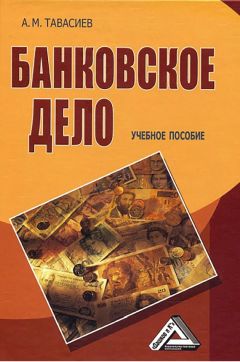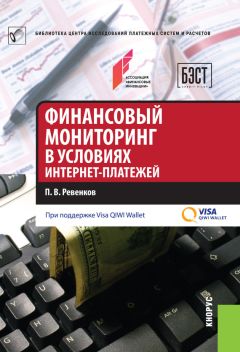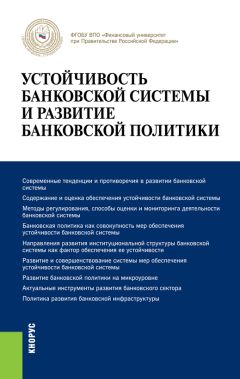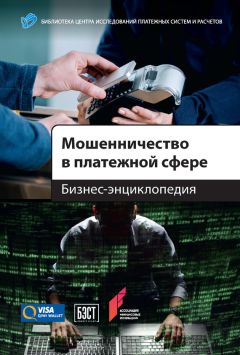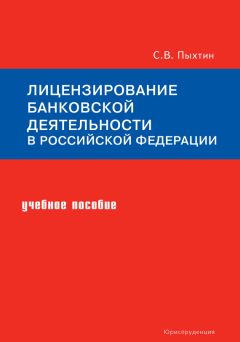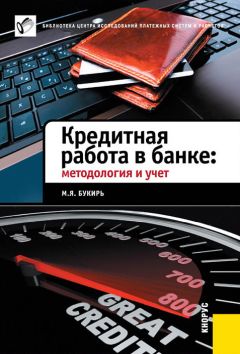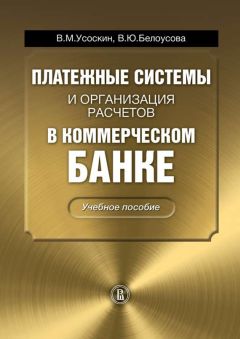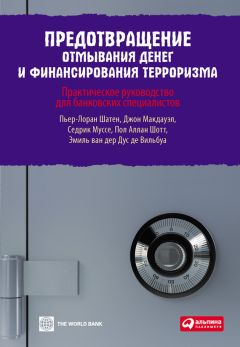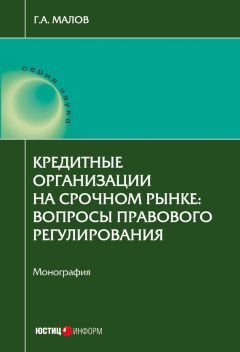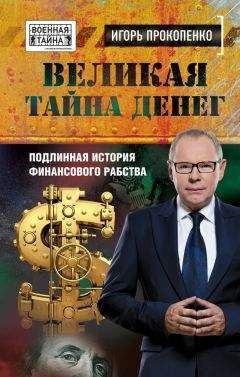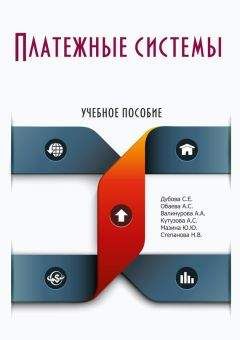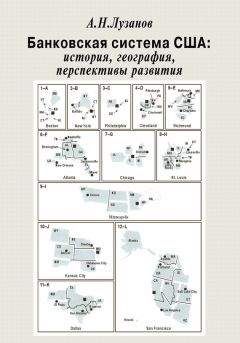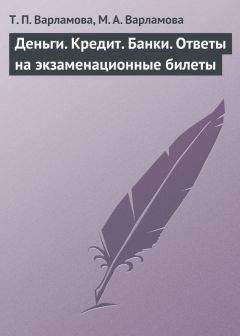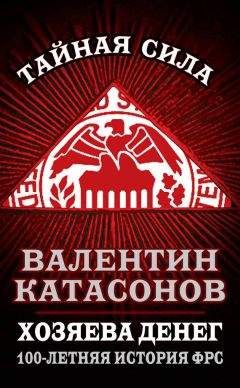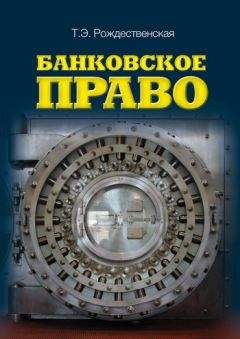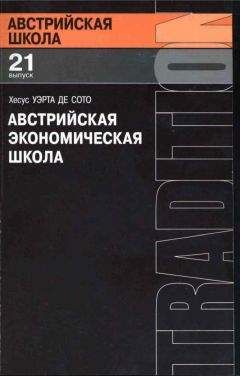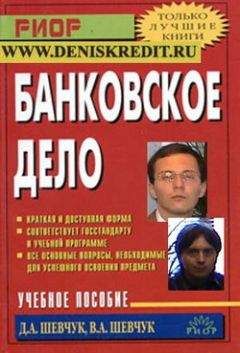Коллектив авторов - Money, money circulation and credit
Все авторские права соблюдены. Напишите нам, если Вы не согласны.
Описание книги "Money, money circulation and credit"
Описание и краткое содержание "Money, money circulation and credit" читать бесплатно онлайн.
This еducational manual reviews the questions of money, credit and bank system theory and practice in our country. In particular the essence of money, money turnover, credit, money, credit and bank system of the state, the establishment and development of the bank system of our Republic, its functions and operations, the capital market, stock-market and international currency and credit relations development.
This еducational manual is published for students and lecturers of the economic universities.
And is also could be useful for credit and fi nancial system employees.
Any distribution of this work or its part without the author’s agreement or other actions which violate a copyright norms are prohibited and punished by law.
В учебном пособии рассматриваются вопросы теории и практики денег, кредита и банковской системы страны, в частности, сущность денег, денежное обращение, кредит, денежная, кредитная и банковская система государства, становление и развитие банковской системы республики, ее функции и операции, развитие рынка ценных бумаг, фондовая биржа и международные валютно-кредитные отношения.
Учебное пособие предназначено для студентов и преподавателей экономических вузов. Также оно может быть полезным работникам кредитно-финансовой системы. Любое распространение этой работы или ее части без согласия автора или других действий, которые нарушают авторское право, запрещены и караются по закону.
M.T. Zholamanova, R.D. Doszhan, M.Zh. Daribaeva, A.V. Khamzaeva
Money, money circulation and credit
INTRODUCTION
The most dynamically developing sector of Kazakhstan’s financial system is banking sector. Any economics is based on objective economic laws, one of which is money circulation. Money cycle happens under the influence of financial institutes and first of all of banks which create the basis for money circulation and are linked with all the branches and sectors of the economic.
Banks provide sponsorship for different forms of entrepreneur- ships of producing and nonproducing spheres, managing sphere and supply budget with necessary funds. Either the banks carry a two-way traffic of money borrowed. Development of the State payment system, national currency stability, growth of economics and human wellbeing depend on condition and reliability of the banking system. It stipulates the necessity of qualification level quality improvement of the banking specialists.
This study guide consistently and intelligibly describes the basic questions of the course «Money. Credit. Banks» shows the basic theoretical and practical knowledges of banking, its organization, peculiarities and problems of development. In substantial plan this study guide satisfies the requirements of the State educational standard with a specialization in «Finance» and the program of the course «Money. Credit. Banks.»
The study guide reveals the meanings of money, money circulation, monetary system, the essence of credit functions, credit system, bank, banking, bank operations and the modern picture of Kazakhstan’s banking system, its structure and the basic directions of modernization and also the National Bank of Kazakhstan activity organization, its functions, essence and bank operations content are reviewed.
A special attention is paid to the questions of commercial banks’ activity organization, to the meanings of proprietary and borrowed resources.
The active operations of commercial banks are described in sufficient detail, as traditional (credit provision and transactions in securities) and far less the case in banking practice (leasing, forfeiting, factoring, trust and exchange operations). The meanings and classifications of banking risks, methods of their control are noticed.
Such approach allows to support the logic of the study guide exposition and to examine deeply the learned categories.
The application examples are exemplified from the banking activity experience. Illustrations (schemes, drawing, diagrams and tables) provide the easiest study of reviewed themes.
During this study guide publishing the National Bank of Kazakhstan’s law and regulations were used and the works of famous Kazakh and Russian economists Khamitov, G.S. Seitkassimov, Sh.R.Abdilmanova, S.Zh.Yntykbayeva, U.M. Iskakov, O.I. Lavrushina, Z.G. Shirinskaya, E.F. Zhukov, etc.
Chapter I. MONEY
Section 1. THE ESSENCE AND FUNCTIONS OF MONEY
1.1.1. The necessity and essence of money
Money is probably one of the greatest inventions of a human thought. It hasn’t any analogues in an animated nature. The whole structure of the modern economy is determined by the existence of money. The world economy has two basic theories of the money origin: rational and evolutional.
According to the rational theory money is the result of an agreement between people who invented them as a special instrument used for goods exchange.
The followers of this theory were such famous American economists as John Kenneth Galbraith, Campbell R. McConnell, Stanley L. Brue, Paul Anthony Samuelson, etc.
At present time when the modern types of money are in daily use (paper and electronic money) this theory looks quite reasonable and reliable. However it doesn’t discover any mystery in the money nature understanding. Though the rational theory followers themselves do not deny it.
The second theory was offered by Karl Marx. He affirmed that the money mystery will disappear if retrace their history «… from the simplest form of exchange to the brightest – monetary form».
Karl Marx linked the evolutional theory of money origin with the labor theory of value whereof follows that the cost of good measures by the quantity of abstract labor (i.e. labor in common, not exact) spent on its production.
Nowadays the majority of native scientists hold the evolutional theory of the money origin. There are several stages of the money evolution history:
The first stage is simple or elementary form of value.
The money origin date to 7th-8th millenium B.C.E. when the primitive people recognized some surpluses of the products which could be changed on the other required products, i.e. the exchange occurred at random: one product valued by another opposite. Marx wrote that this form is not so simple as could seem because it has two poles of value expression.
On the first pole is the good which expresses its value, which plays the active role (relative form of value); and on the second pole is the good which is used as a material for the first good value expression, which plays the passive role and is in an equivalent form. Thus, the relative and the equivalent forms are the two poles of the value expression.
The equivalent form of value has Эквивалентная форма стоимости some features:
The use value of the equivalent good serves as a form of the opposite good value expression;
The concrete labor spent on the equivalent good production serves as a form of the opposite abstract labor expression;
The private labor spent on the equivalent good production serves as a form of the opposite social labor expression.
The second stage is a total or expanded form of value.
The labor division with the human productive power development which expended the range of the got goods strongly resulted the requirement in the labor products exchange. Initially it was a simple exchange of one good on another which in small scale is still applied up to now and is known as «barter».
With the pastoralist and agricultural tribes’ development the first big social division of labor: people began to exchange many different social labor items and goods of relative form of value. The substantial fault of this form of value that the value of each good doesn’t get reasonable expression because of a wide range of the equivalent goods exsistance.
The third stage is a general form of value.
With an increase of the exchange operations volume and the range of exchanged goods the natural exchange on the principle of «the good for the good» became more and more problematic, led to the time loses during the searches of companions or to direct damages if perishable goods staled.
It can be assumed that some nebbish sellers at a risk of the goods loss or in despair exchanged them not on needed but on fast-moving in order to exchange it again on required. Thus, the fast-moving goods appeared which played the role of the first «commodity» money. Multiple usage of the fast-moving goods as an intermediary made them common twice. That is why the ratios in which they were exchanged on the other goods became stable. It let us say about the birth of «the equivalent goods» which confirms their role and functions of the commodity money.
Thanks to such money the process of purchase and sale separates in space and time and the commodity money themselves become the payment units which formulate the scale of prices in terms of the money units’ quantity paid for the purchased goods.
This process happens spontaneously beyond the control and desire of the concrete goods producer simultaneously to the market and its divisions’ birth. The predictability of the other subjects’ behavior increases, the indefiniteness decreases and as a result the individual expenses (charges) diminish together with the common.
In case of such local equivalent good elimination a random quotient of the two individual commodity producers who on their own risk and peril determine the cost of the concrete good passes. It’s becoming apparent that the cost of the good is not determined by the exchange but the cost itself (the specific type of labor put in the good production) and its volume determine the exchange relations in which the one good exchanged on the other.
Therefore we can see that the cost exists objectively and has a social character reflecting the social relations between the individual commodity producers. As a result the general form of value appears when one of the goods opposes the others as an equivalent.
The function of such common equivalent in different nations played different goods. As a rule they were the results of mass production playing the important role in their economics. The farmers had grains, the breeders had cattles, etc. The man who had such commodities could purchase the other products of labor to meet his own and his family needs.
Nevertheless we see that this common equivalent is local however because the other nations can deny the equivalent popular of the certain territory. With the goods production and exchange development the involvement of different nations into the common course of business happens. Thus the requirement for the common equivalent appears which could be popular among the farmers, breeders, hunters, etc.
The peculiarity of this form of the cost is that the role of the common equivalent of one good didn’t fix yet.
The fourth stage is the money form of value. The role of the common equivalent played gold (this stage was the most longstanding).
Further the search of the most convenient commodity money began which was accompanied by the refusal of nontransportable, wearing and variegated money. The money arena the ingots of copper, bronze then silver and gold enter. As such metal ingots lost the function of the good itself and became only the exchangeable equivalent it is allowable to argue that in their form the money appear in the sense that we used to understand this word today. Gradually the gold became the basic money stuff and was used for the different denomination coins strikes.
The way of the gold turning into the common equivalent – money was long and difficult. Actually we can suppose that eventually it happened to the middle of the XIXth century. Till this moment the money functions along with the gold performed the other precious metals, for example silver. The English monetary unit – pounds sterling – was the weighty pound of silver before.
How can we explain the fact that the gold precisely distinguished from the huge world of goods in the form of specific commodity – money? The gold has the range of unique features:
– homogeneous (the question is about the social value and social labor standard incorporated in the good, i.e. such equivalent should be absolutely homogeneous material);
– chemically inert (it doesn’t rust and remains unchanged almost forever in any environmental conditions);
– portable (there is a plenty large enough cost in relative little volume);
– divisible (any quantity of gold could be easily divided onto the smaller parts).
Strictly speaking theoretically we can distinguish some other materials and metals which also can satisfy the mentioned above conditions: silver, diamonds, platinum, etc.
However the objective process of the economic affairs development distinguished gold precisely. Silver couldn’t compete with gold because of its enough incidence in the earth crust, diamonds are unhomogeneous and couldn’t be divided, platinum found to be scorned by the Spaniards who called it «platina» and simply considered it the waste product of the gold mines.
With the gold usage situation the humanity faced the fact that this metal looses any other distinctive features except quantity. This particular relates this metal with the cost i.e. it looses all the differences between the heterogeneous types of labor. The gold represents itself in the form of «clot» that lacks substance of labor and quantity of socially needed time spent on the concrete good production.
But it should be noted that the gold in itself is not money but the money are gold. Thus we emphasize that the transformation of gold into money is not the natural but objectively social process which takes a lot of time.
With the money form of value appearance the goods receive a specific form of its cost existence in term of price (moreover it is a certain quantity of gold on which the good could be exchanged).
The transition from the subsistence to commercial farming and the exchange equivalence compliance determined the necessity of money appearance without which the mass exchange of goods based on the production specialization and the commodity producers’ material insulation is impossible.
The necessity of money appearance and usage is proved by the numerous and unsuccessful attempts to get away without them. This is borne out by Robert Owen’s idea bankruptcy in 1832 who tried to exchange the goods without money by means of goods evaluation on the basis of work time expenditures with usage of «labor bons». The Russian experience was either unsuccessful when in 1918 and 1921 the attempt of product exchange on the basis of natural coefficients was applied.
In about the XIIth century B.C.E. in China and in the VIIth century B.C.E. in the Mediterranean States – Lydia and Aegina – the metal coins appeared which were similar by weight, size and alloy composition.
The evolution of money didn’t stop on this. We can distinguish the next stages of the cost’s forms development: the stage of transition to paper and credit money and then their phasing-out from the turnover as a result of what the electronic money appear.
Besides the mentioned above points of view the other metal and nominal theories (nominalism) in economics regarding money and their nature were expressed.
The metal theory identifies money with precious metals. The theory proves that money should certainly have an inmost value in order to perform its functions. The most significant followers of this theory were the mercantilists who considered that gold and silver are the money by their nature and in virtue of their natural features. This approach reflected the situation truly in whole for the systems with the full-bodied (commodity) money.
The nominalism identifies money by the symbols of value (signs), conventional payment units. The most important is not the metal content of money but their symbolism (nominal). First of all money are considered as the product of state power and legal relations when their purchasing power is determined by the State. In whole the nominal theory of money reflects the true nature of money in the modern economic systems.
There are a lot of approaches of money determination. For example they could be rendered as a special good which plays role of a universal equivalent. This description remains actual for the long term though in the modem economic literature we can meet the other descriptions which usually indicate the other separate functions or peculiarities of money.
Money – metal and/or paper are the standards of value during the purchase and sale deal which play role of a universal equivalent, i.e. they express the value of all of the goods and are exchanged on any of them. (Shorter Economics Dictionary / under the editorship of A.N. Azriliyan – M., 2000).
Paul A. Samuelson writes that the flow of money is the source of life power, money provide the measuring rod of value. Besides money act as a medium of exchange and as standard unit of value or account. (Paul A. Samuelson «Economics» – M., 1992 – T. 1., – p. 40, p. 47).
Подписывайтесь на наши страницы в социальных сетях.
Будьте в курсе последних книжных новинок, комментируйте, обсуждайте. Мы ждём Вас!
Похожие книги на "Money, money circulation and credit"
Книги похожие на "Money, money circulation and credit" читать онлайн или скачать бесплатно полные версии.
Мы рекомендуем Вам зарегистрироваться либо войти на сайт под своим именем.
Отзывы о " Коллектив авторов - Money, money circulation and credit"
Отзывы читателей о книге "Money, money circulation and credit", комментарии и мнения людей о произведении.






